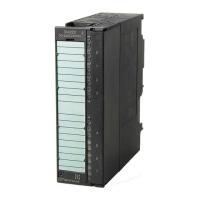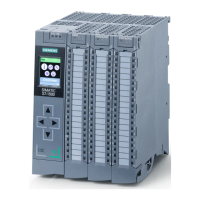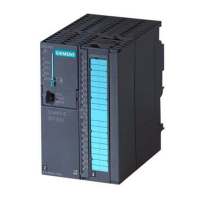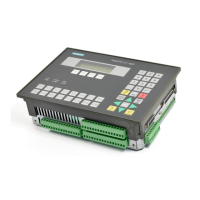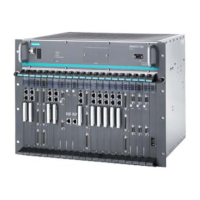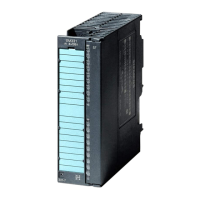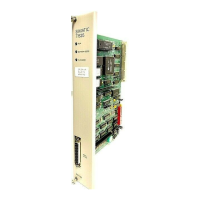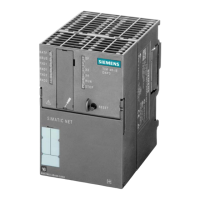Communication Functions
8-5
Automation System S7-400H Fault-tolerant Systems
A5E00068197-07
Resource requirements of fault-tolerant S7 connections
The fault-tolerant CPU permits the operation of 64/32 (cf. Technical Data)
fault-tolerant S7 connections. On the CP each partial connection requires a
connection resource.
Note
If you have configured several fault-tolerant S7 connections for a fault-tolerant
station, setting them up may take a considerable length of time. If the configured
maximum communication delay has been set too short, link-up and updating is
cancelled and redundant system mode is no longer reached (see Section 6.3).
8.2 Suitable Networks
The choice of physical transfer medium depends on the desired expansion, the
fault tolerance aimed at and the transmission rate. The following bus systems are
used for communications with fault-tolerant systems:
• Industrial Ethernet (fiber-optic cable, triaxial or twisted pair copper cable)
• PROFIBUS (fiber-optic cable or copper cable)
You will find further information on suitable networks in the manuals
“Communication with SIMATIC”, “Industrial Twisted Pair Networks” and
“PROFIBUS Networks”.
8.2.1 Industrial Ethernet
The industrial Ethernet is a communications network for cells in baseband
transmission technology complying with IEEE 802.3, with the CSMA/CD access
procedure.
An industrial Ethernet network can be configured as a redundant medium with
either electrical or optical components. A very wide range of electrical and optical
network components is available for the industrial Ethernet.
Electrical network
The electrical network can be configured as a classical bus structure with triaxial
cabling for the transmission medium.
An addition and an alternative to conventional bus cabling for connections to
terminals are electrical link modules (ELMs) or industrial twisted pairs (ITPs). With
them star networks complying with IEEE 802.3 can be configured.
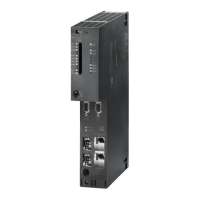
